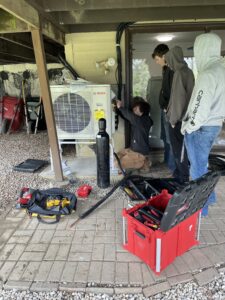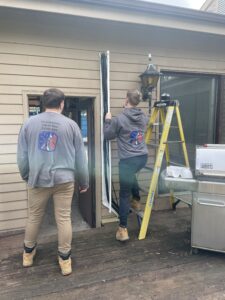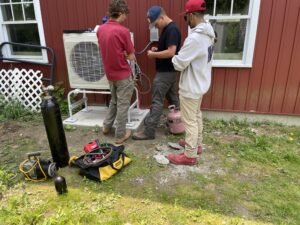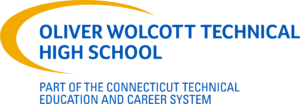Instructors
LaMere, Norman
Department Head, Plumbing
Norman.Lamere@cttech.org
(860)496-5300 x5350
Van,Deusen, Barry
Department Head, Plumbing
Barry.vandeusen@cttech.org
(860)496-5300 x5350
Program Description
The Plumbing, Heating & Cooling program teaches construction safety, measuring and blueprint reading, calculations of plumbing, heating and cooling systems including; drainage fixture units, water supply fixture units, gas pipe sizing, and calculations of ductwork and heating systems. Students are also instructed on refrigeration systems, hybrid heat pump technology, gas and oil heating systems, the installation and repair of water, waste, gas systems. In addition, students will obtain instruction in energy efficiency, renewable energy, and energy conservation practices. Students may be able to receive 1500 hours towards a career-affiliated apprenticeship upon graduation and employer acceptance.




